Introduction to Er:Glass
The world of optical communication has witnessed many groundbreaking advancements over the past few decades. Among these innovations, the Er:Glass stands out. Characterized by its remarkable amplification and communication capabilities, it has carved its niche in various domains including LIDAR and laser ranging. But what makes it so special? Let’s delve deeper into its unique properties and applications.
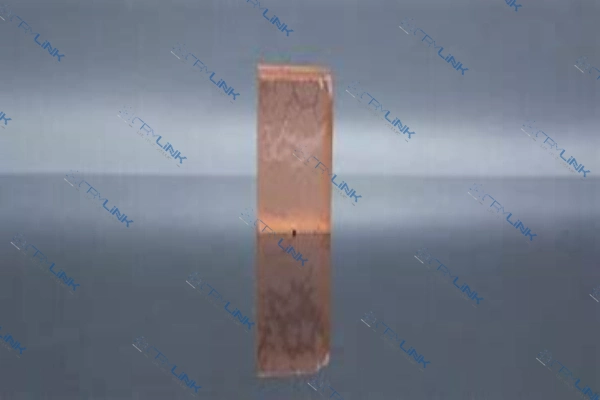
Characteristics of Er:Glass
Er:Glass, short for Erbium-doped Glass, has emerged as a front-runner in the domain of optical amplification, particularly due to its inherent and unparalleled properties. One of the main factors that set it apart from its counterparts is its unique absorption and emission features. The Erbium ions doped in the glass matrix provide this material with specific absorption and emission spectra that are not easily found in other mediums. Especially prominent is its spectral property around the 1535nm range. This wavelength is significant because it sits in a region that is particularly suitable for telecommunication applications, making Er:Glass a prime choice for optical communication systems.
Its efficiency in amplifying signals is not just a random occurrence but is rooted deeply in its inherent characteristics. These spectral properties allow the Er:Glass to capture and re-emit light efficiently, thus boosting the signal strength without introducing significant noise or distortion. In an age where clear and distortion-free communication is not just desired but required, materials like Er:Glass, which can ensure such amplification, are of paramount importance.
But it’s not just the absorption and emission properties that are commendable. Another pivotal characteristic of Er:Glass is its commendable thermal stability. Any optical component, especially those used in high-end applications like lasers and communication systems, needs to be thermally stable.
This ensures that the device’s performance does not get compromised due to temperature fluctuations. Er:Glass stands tall in this regard. Even when subjected to varying environmental conditions, from freezing cold to scorching heat, its performance remains consistent. Such stability ensures that systems made using Er:Glass can be reliable, reducing the need for frequent recalibrations or adjustments.
In a nutshell, It is not just another optical medium. Its distinctive absorption and emission spectra combined with its superior thermal stability make it an indispensable asset in modern-day optical applications. As technology continues to evolve, the importance and applications of Er:Glass are only expected to grow, making it a focal point of research and development in optical communication.
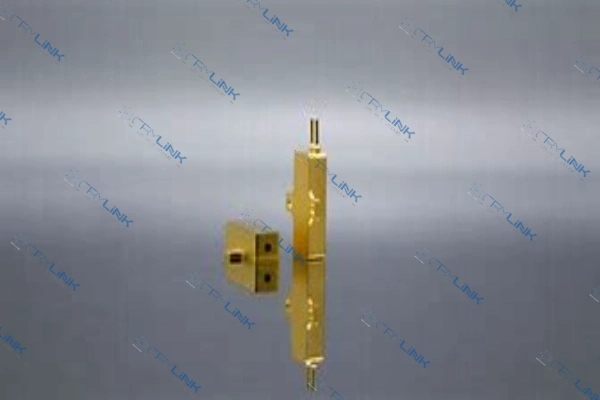
Er:Glass as an Efficient Gain Medium
In the extensive realm of optical materials, stands out prominently, particularly when we focus on its efficiency as a gain medium. This efficiency, while encompassing a broad spectrum of benefits, is most noticeably observed in its application for eye-safe lasers operating at 1535nm. Lasers have infiltrated numerous industries and applications, from medical treatments to precision engineering, and in many of these situations, there’s a clear interface with humans.
In such scenarios, the safety of the laser becomes crucial. The 1535nm wavelength, where Er:Glass demonstrates pronounced amplification capabilities, is significant because it falls within a range that poses a substantially reduced risk to the human retina compared to other wavelengths. This minimization of risk doesn’t mean a compromise on performance. On the contrary, the lasers produced using Er:Glass at this wavelength are potent and efficient.
But what truly distinguishes as a gain medium isn’t just its eye safety feature. Its ability to amplify signals with unparalleled clarity sets it leagues ahead of many other optical mediums. Signal amplification in any domain, be it electronic or optical, comes with its challenges. The chief among these is the potential introduction of noise or distortion, which can degrade the quality of the signal. Er:Glass’s composition, coupled with its unique structural characteristics, allows it to amplify signals with minimal addition of noise. This means that signals or beams that pass through or are generated using Er:Glass as the amplifying medium come out not just stronger but also maintain their clarity and quality.
Such robust amplification capabilities are essential in today’s world, where the precision of communication or measurements is pivotal. Whether it’s in telecommunication systems, where signal strength and clarity can dictate the quality of communication, or in high-precision laser machinery, where the sharpness and strength of the laser beam can determine the outcome, serves as the bedrock, ensuring consistency, strength, and safety. Its dual capability to provide safety while ensuring robust amplification solidifies its position as an indispensable tool in modern optical applications.
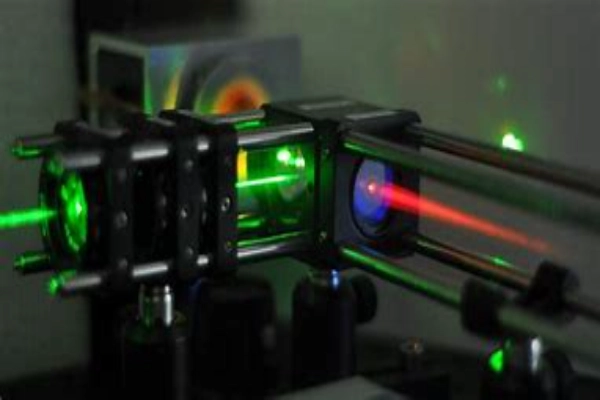
Expanding Horizons in Optical Communication
The rapid globalization and digitization of our society have placed optical communication at the forefront of technological innovations. As data transfer rates surge and the global demand for instantaneous, clear communication grows, the need for more efficient optical components becomes evident. Er:Glass, with its distinctive properties, is well-positioned to address some of the most pressing challenges in the world of optical communication.
One of the pivotal areas that Er:Glass seeks to transform is the realm of bandwidth enhancement. As we plunge deeper into the age of high-resolution multimedia content, cloud computing, and real-time data sharing, the demand for broader bandwidths has skyrocketed. Traditional optical materials often struggle to keep up with these escalating requirements.
Here’s where Er:Glass, with its unique optical properties, comes into play. Its ability to facilitate higher data transfer rates without compromising on the signal quality means that communication systems can handle larger volumes of data simultaneously. This is akin to widening a highway to accommodate more traffic, ensuring that data packets can travel without congestion, resulting in faster, smoother internet experiences for end-users.
Yet, as important as bandwidth is, it’s only one part of the equation. The purity and fidelity of the signal being transmitted are equally crucial. Er:Glass shines brightly in this domain as well. Thanks to its intrinsic characteristics, signals transmitted through or amplified by Er:Glass experience minimal distortion. Even when these signals traverse vast distances, the integrity of the data remains largely intact. In a world where even a minor loss of data or a slight misinterpretation can lead to significant consequences, the clarity and integrity offered by Er:Glass are not just desirable but essential.
In sum, as the digital age continues to evolve, the role of Er:Glass in reshaping and elevating the standards of optical communication becomes increasingly evident. Its promise of broader bandwidths coupled with impeccable signal clarity positions it as a cornerstone for future telecommunication advancements.
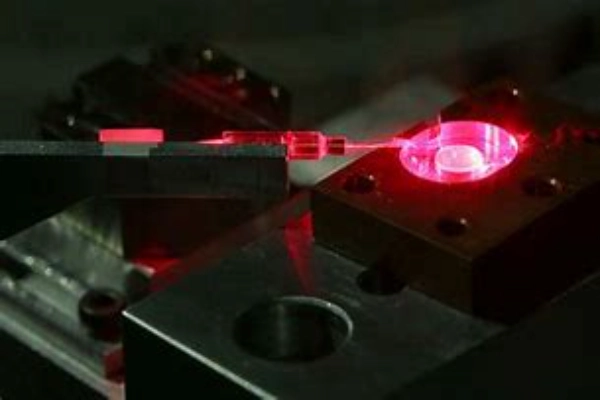
Potential of Er:Glass in LIDAR
LIDAR, which stands for Light Detection and Ranging, is a remote sensing method that uses light in the form of a pulsed laser to measure distances to Earth. This technology has taken a giant leap in recent years, finding its application in diverse fields ranging from archaeology to forestry and, most notably, in the autonomous vehicles sector. However, like every technology, LIDAR’s efficiency hinges on the materials and components that form its core. Er:Glass, with its impressive optical attributes, emerges as a key player in the quest to refine and enhance LIDAR technology.
Central to LIDAR’s application is its ability to measure distances with precision. A slight error in measurement can translate into significant discrepancies, especially in applications like autonomous navigation. Er:Glass’s ability to amplify signals without introducing noise ensures that the LIDAR system can discern and measure distances with a degree of precision that’s second to none. The laser pulses, when interacting with obstacles or terrains, provide feedback that, when processed using Er:Glass components, yields results that are remarkably accurate.
Furthermore, LIDAR isn’t just about precision—it’s also about depth and detail. Traditional systems might be limited in their range and resolution, but when integrated with Er:Glass, there’s a noticeable enhancement. LIDAR systems equipped with Er:Glass can probe farther, capturing data from distant objects with clarity. Moreover, the resolution, which refers to the granularity of the data captured, sees a marked improvement. Whether it’s mapping the contours of an archaeological site or discerning between objects in the path of an autonomous vehicle, the enhanced range and heightened resolution offered by Er:Glass equip LIDAR systems to perform these tasks with unmatched efficiency.
In essence, as LIDAR technology continues to permeate various sectors, the integration of Er:Glass offers a pathway to optimize its capabilities, ensuring that the data captured is both comprehensive and precise.
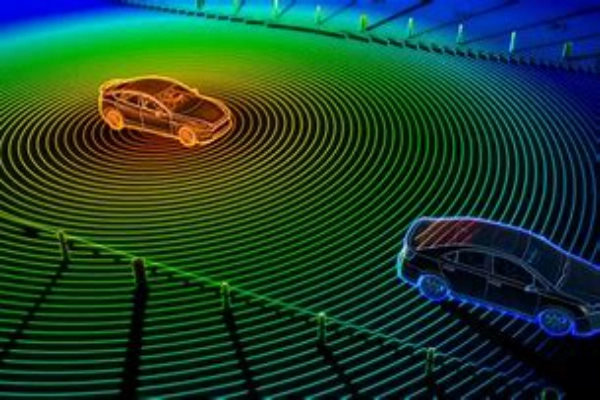
Er:Glass in Laser Ranging
Laser ranging, the art and science of determining the distance to a target by illuminating it with laser light and measuring the time taken for the reflected light to return, is an application that allows no room for error. The demands of this technology are exacting, and the choice of materials can often determine the success and reliability of the entire system. In this context, Er:Glass emerges not just as a viable option but as a gold standard.
One of the prime requirements in laser ranging is the simultaneous achievement of speed and accuracy. In high-stakes scenarios, such as military applications where split-second decisions could determine outcomes, or in scientific research where precision is non-negotiable, there’s an absolute need for fast and exact distance measurements. Er:Glass, with its exemplary optical properties, ensures that laser pulses are amplified optimally, enabling quicker travel and accurate reflection measurements. The result? Distance calculations that are both rapid and precise, ensuring that the laser ranging system delivers optimal performance every single time.
But, what truly amplifies Er:Glass’s reputation in laser ranging is its steadfast reliability across diverse conditions. Environmental variables, be it extreme temperatures, humidity, or other challenging conditions, can often skew the performance of optical materials. Er:Glass, however, boasts a robustness that’s hard to rival. Its inherent thermal stability and resistance to environmental stressors mean that when used in laser ranging systems, it offers consistent performance. Whether it’s a desert’s scorching heat or the cold vacuum of space, Er:Glass-based systems ensure that the ranging measurements remain unaffected and reliable.
To sum it up, Er:Glass’s prowess in laser ranging is a culmination of its speed, accuracy, and unwavering reliability, making it an integral component for systems that seek the epitome of performance.
Conclusion
The Er:Glass is undoubtedly a marvel in the world of optical communication and laser technology. With its superior properties and unparalleled advantages, it promises to reshape the future of LIDAR, laser ranging, and optical communication. As technology continues to evolve, the potential applications and implications of Er:Glass are vast, making it a cornerstone for future innovations.
FAQs
- What is the significance of the 1535nm wavelength in Er:Glass?
- The 1535nm wavelength is essential because it ensures that lasers are safe for the human eye, minimizing potential risks during operations.
- Why is thermal stability crucial for optical components like Er:Glass?
- Thermal stability ensures consistent performance of the component even under varying environmental conditions, which is essential for precision and accuracy.
- How does Er:Glass enhance the bandwidth in optical communication?
- Er:Glass facilitates a greater bandwidth by allowing for more efficient amplification of signals, leading to seamless communication.
- In what applications is LIDAR technology using Er:Glass primarily used?
- LIDAR technology with Er:Glass is primarily used in high-resolution mapping, navigation, and similar precision-driven applications.
- How does Er:Glass maintain signal clarity and integrity over long distances?
- Due to its unique spectral properties and robust amplification capabilities, Er:Glass ensures that signals remain clear and undistorted even over extended ranges.

Frank
Frank graduated from the University of Shanghai for Science and Technology, majoring in optics. As a technical engineer at Crylink Company, he deeply understands crystal materials and laser components.
Related Video(s) with this Article
Related Product(s) with this Article
Related Application(s) with this Article
